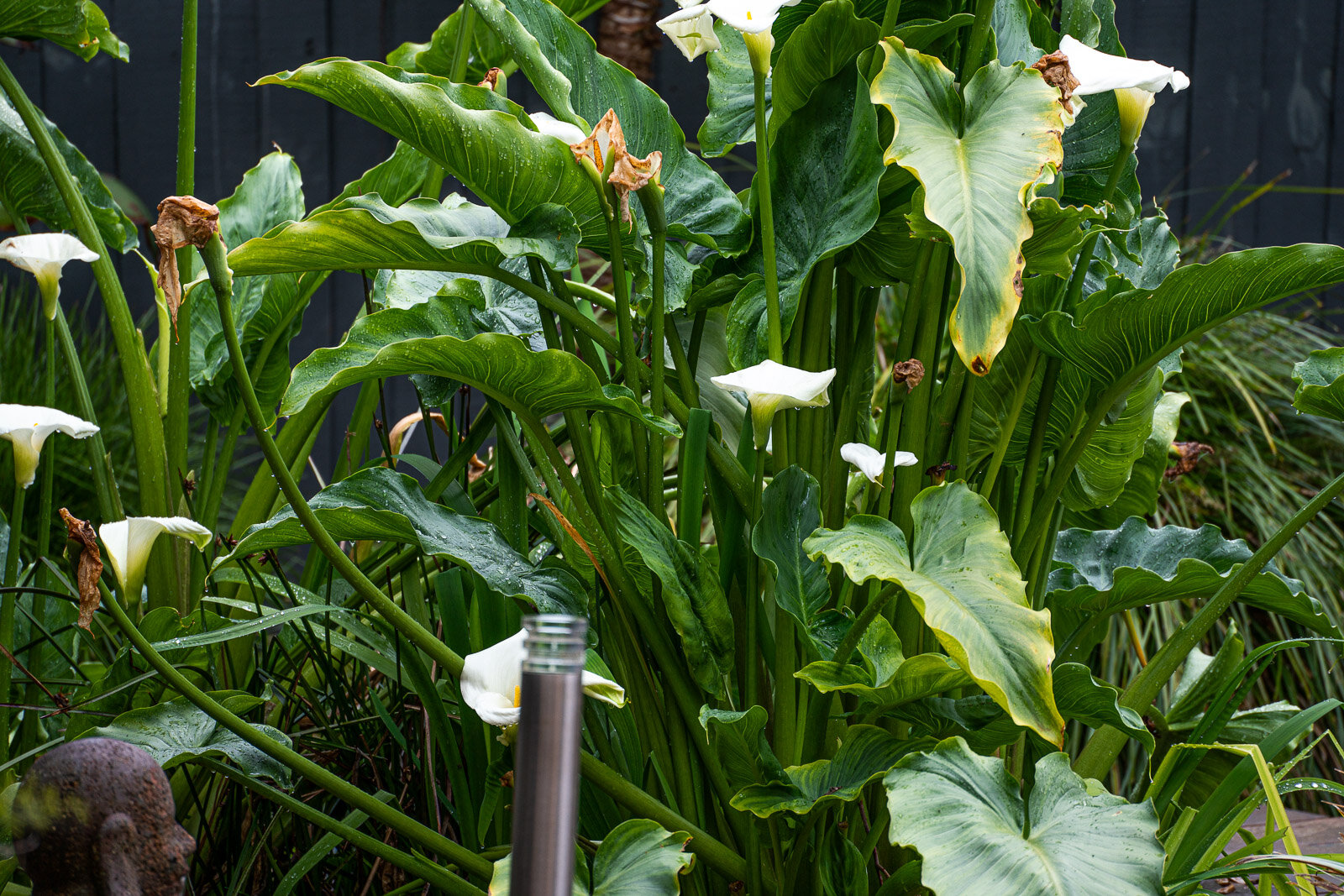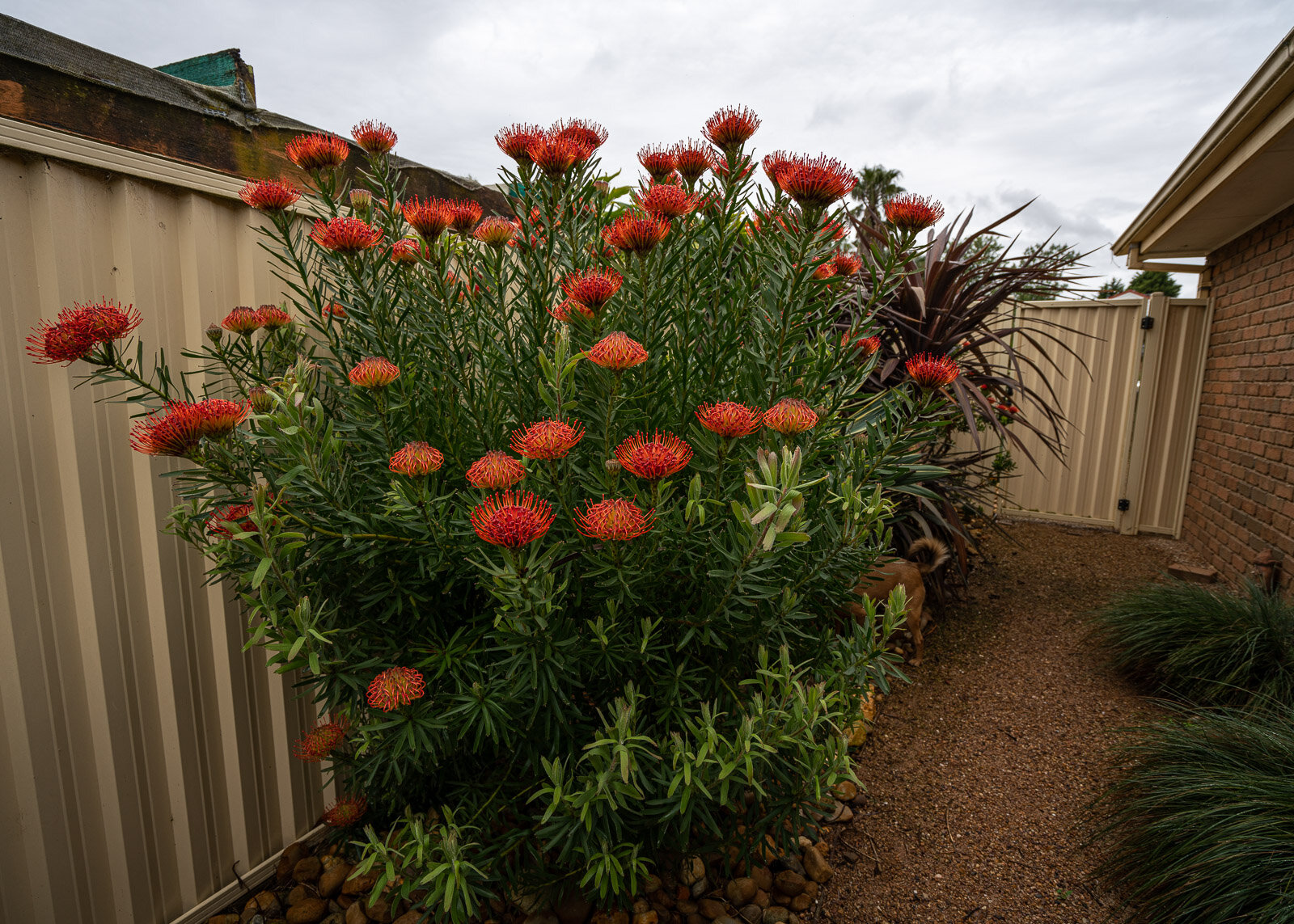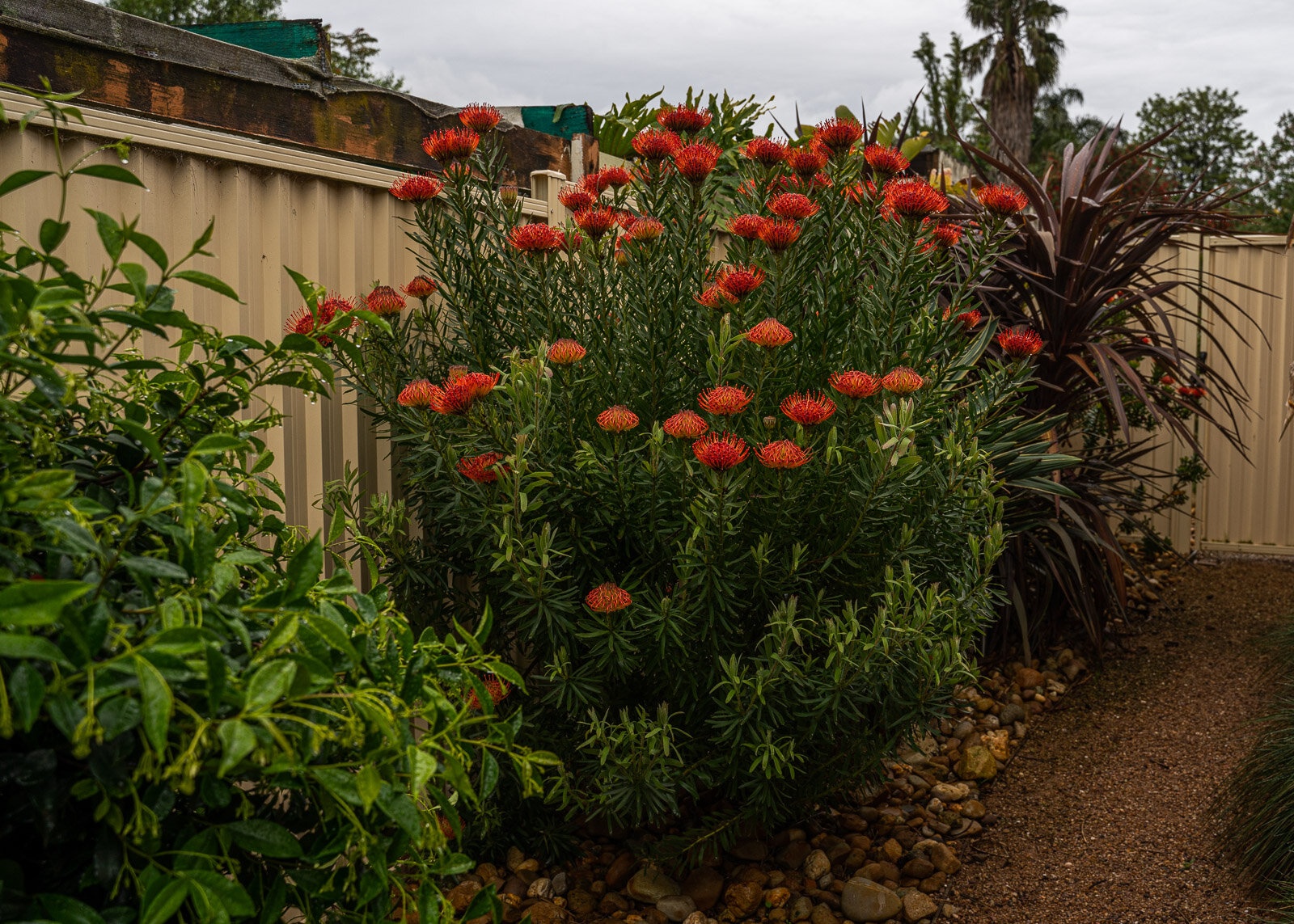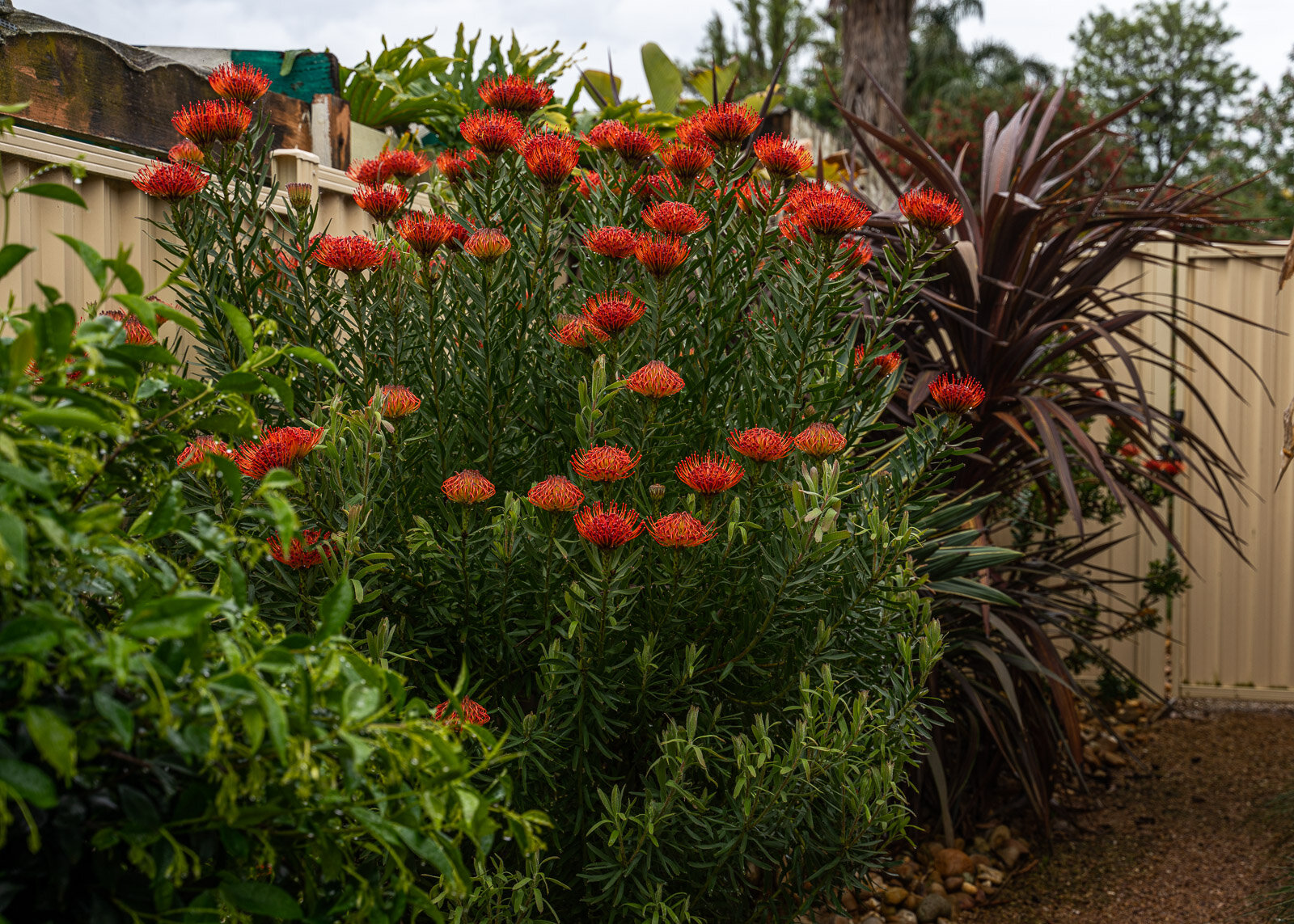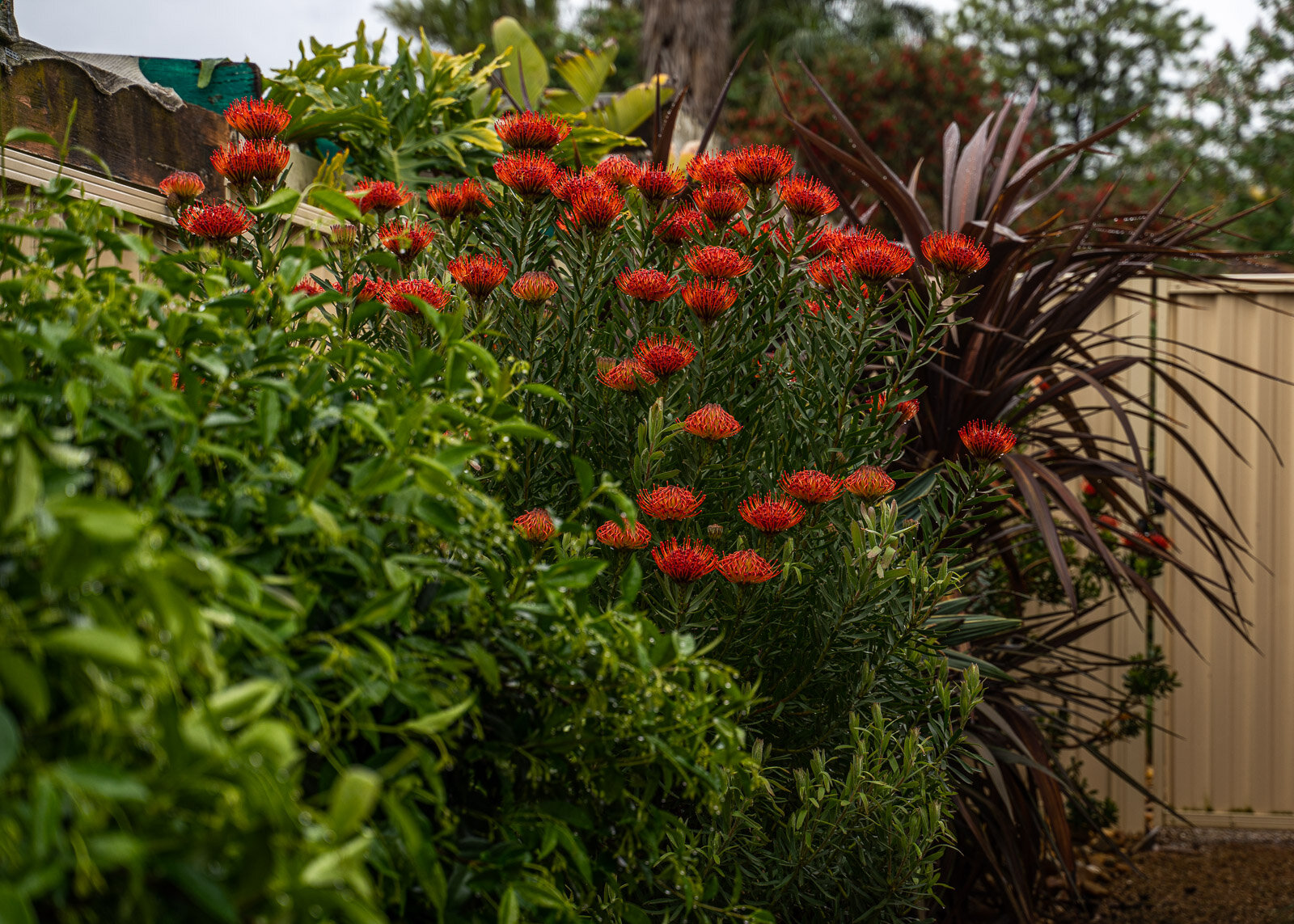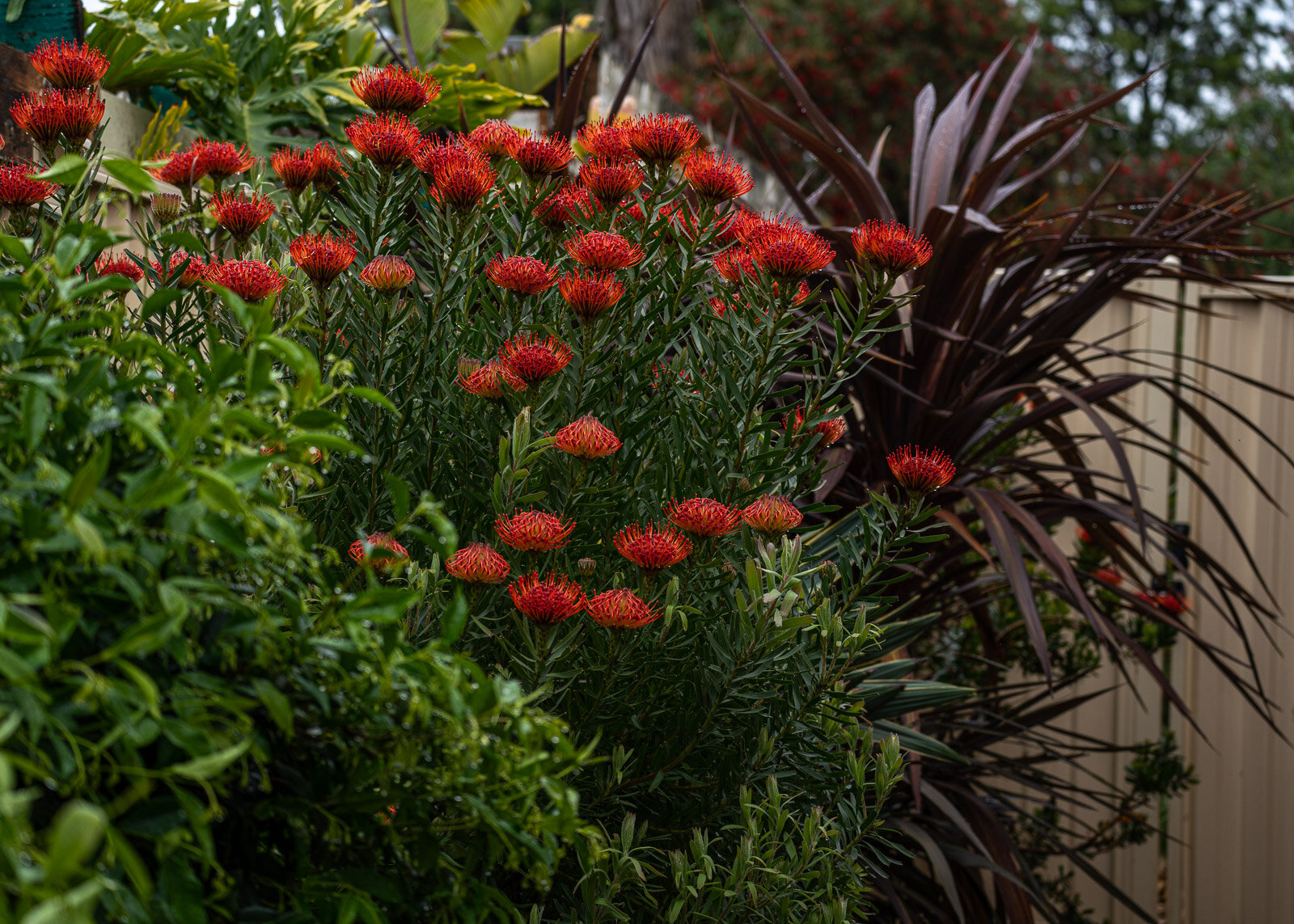Understanding lens compression
Let's look at how focal lengths affect your subjects and the background of your images.
What is lens compression? This is the when you use a telephoto lens and things in the background of the image will appear larger and closer to the foreground.
Or, if using a wide-angle lens, things closer to the camera may appear larger. For instance, a model might look larger than the objects in the background. It's a bit like the warning of your side-view mirrors on your car, "Objects in mirror are closer than they appear," which is where the glass is curved to offer a wider viewing angle. The image is still compressed, but has the opposite effect of a telephoto lens.
Comparison between 28mm and 300mm
It's one of the reasons most portrait photographers don't use a wide-angle — they're not really all that flattering. We have to get close to get our subject to fill the same amount of space in the frame than say a 80mm or even a 300mm lens, so you get a bit of lens distortion.
Comparisons between 16mm and 300mm
As we step back a bit with even longer focal lengths the actual distance from our camera to the subject changes. But the distance from our subject to the background doesn't. With each step away from our subject, it appears to become larger than the distance from the background.
This can be lovely and flattering as the background can appear larger, but also closer to the subject, due to compression.
To sum it all up, when shooting with a wider angle lens, foreground objects will appear larger and closer to the camera, while background objects will appear smaller and further away. As the focal length increases, the image “compresses” and the background objects appear closer and larger to the subject and foreground elements.



